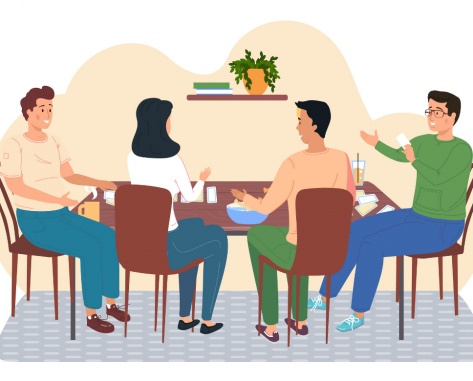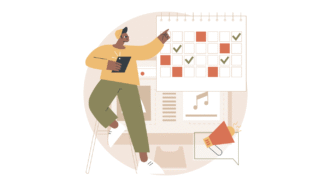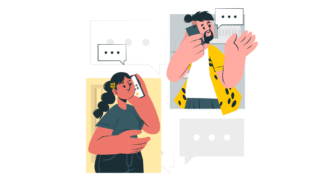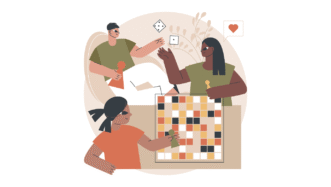LESSON OVERVIEW
In this lesson students play an A2 guessing game which creates a lot of opportunities to use grammar in a controlled way. They practise forming yes or no questions in the present and in the past, watch two videos and play the game in pairs or groups.
WARM-UP & GUESSING GAME RULES
The lesson starts with a warm-up during which students are shown a photograph and some words to discuss what the ‘Who am I?’ guessing game might be about. Then, they watch a short video about the rules of the game and do a task in which they decide if the sentences referring to the rules are true or false.
GRAMMAR REVISION & VIDEO
In this part of the lesson, students look at a table with the verbs be, have and have got, and a category labelled other verbs. Their task is to complete the table with yes or on questions in the present and in the past for each of the categories. After that, students match question beginnings in the present with their possible endings from the box (e.g. Do I have a lot of followers on Instagram?, Am I under 40?, Am I dead?). They then watch a video of two celebrities playing the ‘Who am I?’ guessing game and decide which questions from the previous exercise were used by them. In a follow-up activity, students decide which of the rules of the guessing game the celebrities didn’t follow.
PLAYING THE GUESSING GAME
In the last part of this lesson, students get five minutes to create as many yes or no questions as possible. They need to use phrases from the box (e.g. in my twenties, in Africa, die young, well-built, the 20th century, write). Finally, students play ‘Who am I?’. They can play this A2 guessing game in different variations: they can either choose to play in paris or in groups, to pick famous people from the provided list, or to come up with their own ideas.
WORKSHEETS
Subscribe to unlock these and many other Standalone lesson with the Premium plan
Subscribe













Very engaging lesson. Thanks a lot!
Thank you, I’m really happy to hear that 🙂
Could I recommend that this lesson also be listed under the topic of “questions” on your website? If you search for “questions”, it does not appear. Thanks, Peter.
Thanks, Pete! I’ve added the topic ‘Questions’ to this lesson.
There was a lot going on in this lesson – 2 different verb tenses, asking questions, and the use of the auxiliary verb ‘do’ when using the verb ‘have’ as a question…… The theme was great and the lesson was fun but students do need to be confident in either asking questions or familiar enough with present and past simple to have studied the use of auxiliary verbs already for the lesson to work. It would be helpful to point this out in the lesson overview.
Hi Kirsty. Thanks for your feedback. As language is generally taught incrementally, our assumption when creating lessons is that students on a certain level have studied certain language points. So we assume that A2 (pre-intermediate) students have studied present and past simple, and that they’ve learned how questions are created (because they were A1 students at some point). That does not mean that we expect them to use the tenses with confidence and without mistakes. On the contrary, they still need loads and loads of practice to speak correctly and fluently. The aim of this lesson is to provide A2 students with that practice. The brief revision of question formation is there to support students as questions are the main focus of the practice. And I think most A2 students aren’t confident about their English yet – they obviously make a lot of mistakes, but that’s how progress is made.
OMG!!! this lesson was a success!!! Loved it!
That’s fantastic! Thanks for the feedback 🙂